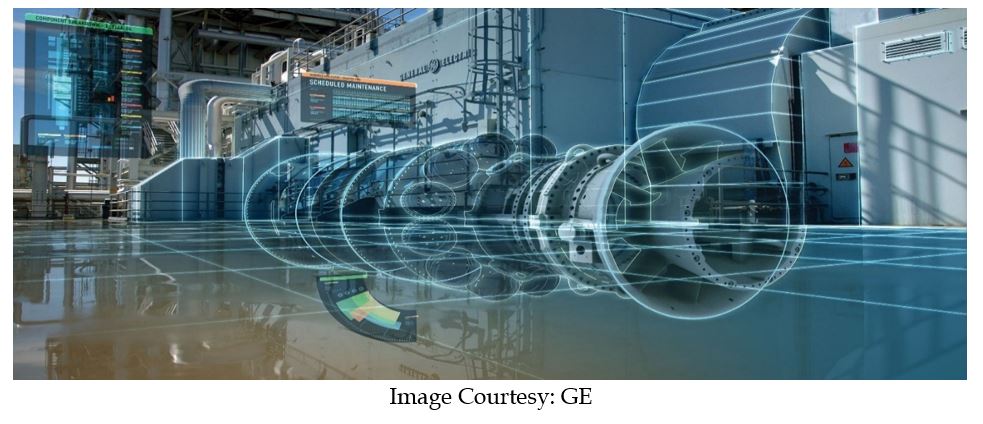

The Industrial Internet of Things (IoT), the Digital Twins, and the connected devices continue to enable smart equipment and increase access to data for oilfield machinery. While data collected by sensors have become priceless assets to the enterprise, the ability to make sense and use these data to drive new insight is where the real value lies. With reactive maintenance, the asset runs until failure. This maintenance approach is suited for non-critical assets that have little or no immediate impact on safety and have minimal repair or replacement costs. In contrast, preventative maintenance strategies are intended to prevent asset failure. These strategies suggest maintenance work to be conducted on a fixed schedule or based on operational statistics and manufacturer or industry recommendations. Preventive maintenance can be managed in an enterprise asset management (EAM) or computerized maintenance management system (CMMS).
Predictive/Preventive/Prescriptive maintenance relies on the continuous monitoring of asset performance through sensor data and prediction engines to provide advanced warning of equipment problems and failures. It typically uses advanced pattern recognition, machine learning, or artificial intelligence (AI) and requires a predictive analytics solution for real-time insights into equipment health.
A digital twin is a digital representation of a physical asset, like a pump, motor, turbine or even an entire industrial plant. The digital twin allows operators to predict asset behaviors based on simulation of the asset in various conditions.

To effectively enable asset lifecycle management, the digital twins requires:
The use of digital twin models allows:
Beyond maintaining physical asset reliability, maintenance strategies and solutions have broad impact across an entire enterprise. As industrial organizations manage transitioning workforces, predictive analytics solutions can help ensure maintenance decisions and processes are captured and repeatable by incoming personnel.
Looking ahead, owner-operators, independent E&P firms, and oilfield services companies will have to become even more cost and energy efficient and environmentally aware when drilling new wells, maintaining well integrity, or enhancing production from mature wells. This will involve managing oilfield drilling operations to reduce overall costs, increase production performance, reduce operating and financial risks, and minimize impact on the environment. The last few years have seen an upsurge of new E&P technologies being deployed, with methods from different disciplines being used to enhance oilfield management. Communication and software technologies, smart downhole sensing, and analytics are the most critical disciplines that can help optimize oilfield operations. Large amounts of data could be piped through different locations in reliable and timely ways. Advanced computer technologies are now being used to store large amounts of data and solve complex problems.
Success in implementing an optimized drilling and production program depends on several factors. These include:
Data required for drilling and production optimization includes logs (preferably IES or sonic), bit records, mud records, recorded drilling data (torque, pump pressure, penetration rate, etc.), drilling specifications for the proposed well (casing points, hole size, expected problems, etc.), and rig specifications.
For more information please visit ARC’s research into the competitive market and technology intelligence report on Upstream Oilfield Machinery. ARC welcomes the opportunity to speak with technology suppliers and users alike about your activities, thoughts, perspectives and questions on this exciting area. For further discussion or to provide feedback on this, please contact the author Jyoti Prakash at jprakash@arcweb.com .
Keywords: Upstream Oilfield Machinery, Digital Twins, Predictive & Prescriptive Maintenance, IoT, Connected Devices.

